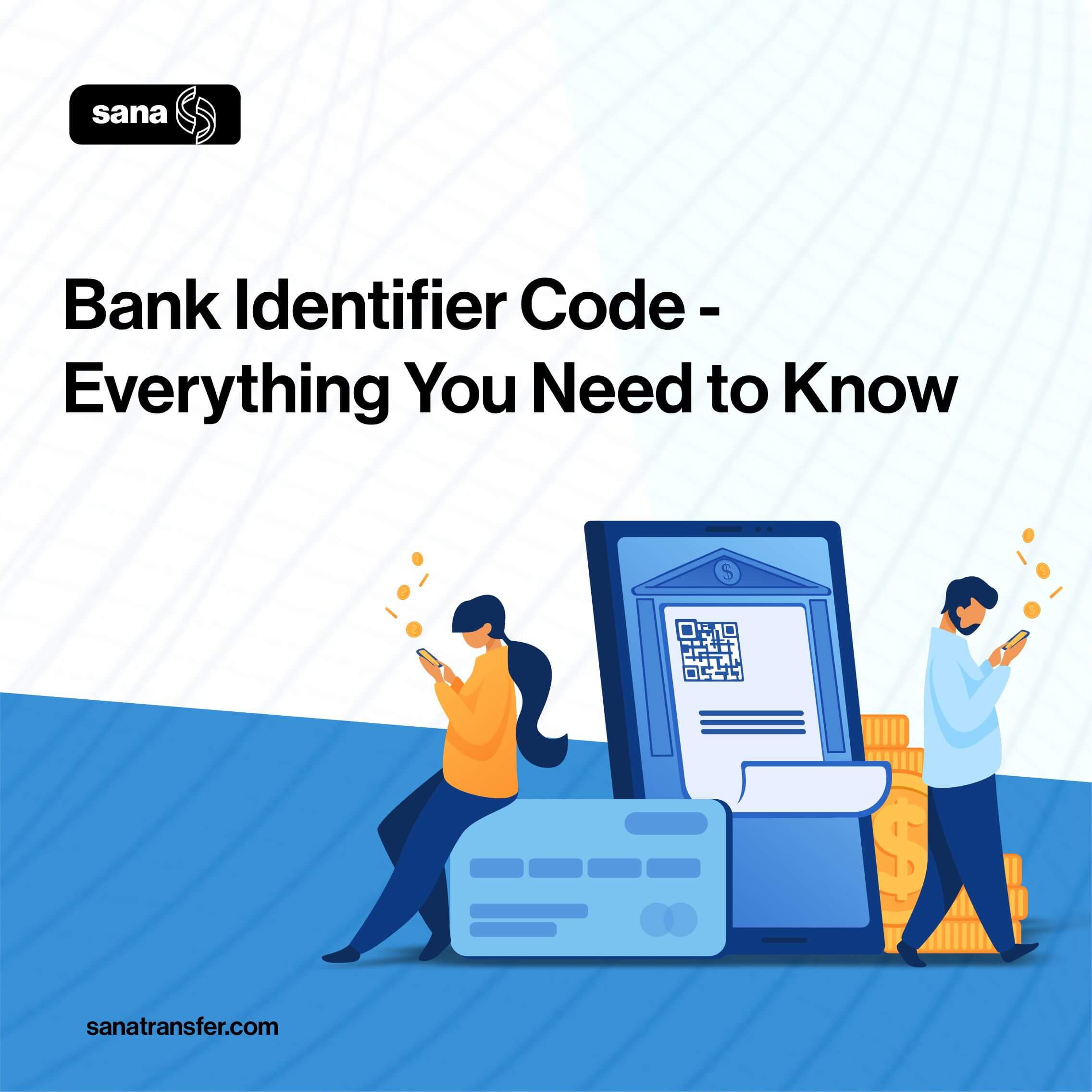What is a BIC (Bank Identifier Code)?
Learn about Bank Identifier Codes (BICs) and the important role they play in international transfers.

In today's interconnected world, where global transactions are conducted at lightning speed, having the right tools to navigate the complex web of international banking is essential. One such tool that holds the key to seamless financial operations is the bank international code. These unique and catchy alphanumeric codes are the secret language of the global financial landscape, enabling swift and secure transactions across borders.
International transactions are incomplete without the Bank Identifier Code (BIC). Essentially, this code helps to identify the financial institutions involved in international transactions. Both SWIFT codes and IBANs play a crucial role in facilitating international financial transactions by providing unique identification for banks and bank accounts, respectively.
Here, we discussed Bank Identifier Code (BIC), what does it look like, and where you can find it? These questions would be answered in the subsequent paragraphs.
What is a BIC code?
BIC is short for Bank Identification Code, also known as Bank Identifier Code. Essentially, this code is an 8 to 11-character digit that is typically used to identify a precise bank whenever you execute an international transaction. It is similar to a postcode for your bank, that ensures that your funds are transferred to the right place.
BIC, also called SWIFT codes, are used to correctly identify different bank branches when conducting international transactions. SWIFT is short for 'Society for Worldwide Interbank Financial Telecommunication' and is an all-around messaging system.
BICs are also used by banks and other financial institutions for payments and securities transactions, letters of credit, as well as other important business messages that occur between banks. The identification plan is supervised by the Society for Worldwide Interbank Financial Telecommunication (SWIFT).
What do BIC/SWIFT Codes Look Like?
All BIC and SWIFT codes have one format. The codes range between 8 and 11 characters in length and they are usually arranged as follows - AAAABBCCDD
a. AAAA – This is a 4-character bank code that is similar to a shortened version of the bank’s name. It indicates the bank’s name.
b. BB – This is a 2-character country code that gives information about the country where the bank is located.
c. CC – This is a 2-character location code that tells you where the bank’s head office is situated.
d. DDD – This is a 3-character branch code (optional) that tells you where the precise bank branch is located
Since some banks don’t make use of the 3-character branch code (CC), their BIC codes will be shorter (8-character). For these kinds of banks, the branch code will be substituted with a triple X (i.e. MIDLGB23XXX) or omitted entirely.
Recommended - ACH Vs ABA Routing Numbers: What's The Difference?
How Do I Find My BIC Code?
If you’re accepting an international payment, you’ll need to figure out your BIC number. Usually, BIC numbers are written on your bank statements, but if you still don’t have any, you can simply sign into your online banking account. Alternatively, just contact your local bank branch on the phone.
If you’re executing an international payment, you have to find the BIC number of your intended recipient. To do this, just use the BIC/SWIFT finder platform, which enables you to search for the different codes of precise branches or validate different SWIFT numbers for additional security.
Lastly, it’s very important to cross-check any code you find with your recipient to ensure that the BIC code you’ve found is correct before executing a payment. Note that providing an incorrect code may mean that your payment is bounced back, delayed, or worse, goes into the wrong bank account.
Is There a Fee for Using BIC/SWIFT Numbers?
Yes, most banks or financial institutions will need you to pay a fee to process international payments when you make use of a BIC number for your transaction. This fee can vary depending on the bank you use, the intermediary bank, as well as the intended recipient’s bank.
When banks transfer international payments, they depend on a wide network of correspondent banks. Essentially, these correspondent banks operate together to send your funds from one region to another before it eventually gets to the intended recipient.
On the customer end, it’s a very simple procedure. Once you have your receiver’s SWIFT number and confirm that the code is correct, you can just go to your local branch and initiate an international payment. Alternatively, you can just decide to use your online banking account to execute the payment.
There is another transfer platform that can be used by people living in Canada to make international payments. With a legit and fast transfer platform like SanaTransfer, people in Canada can send money to their loved ones in other countries.
Related Article - How to Send Money with a Credit Card
SanaTransfer - The Easier Way to Send Money Internationally
BIC (Bank Identifier Codes) are typically used to ensure that your international payment is sent to the right bank. They help to identify a particular bank during international transfers. Note that bank transfers with BIC/SWIFT numbers usually transmit through about 1 - 3 corresponding banks, hence, the total fees can add up.
Also, information about the handling charges is usually hidden, so it could be difficult to know the exact amount you will be charged when you execute the transfer. Hence, international transfers with banks may be quite expensive.
This leads us to why SanaTransfer is arguably a better alternative than traditional banks. Essentially, you can reduce costs by sending money from Canada to other countries using the SanaTransfer app.
SanaTransfer offers easy, fast and secure payment services with better rates and faster payouts for international remittance. Sign up now to get started.
